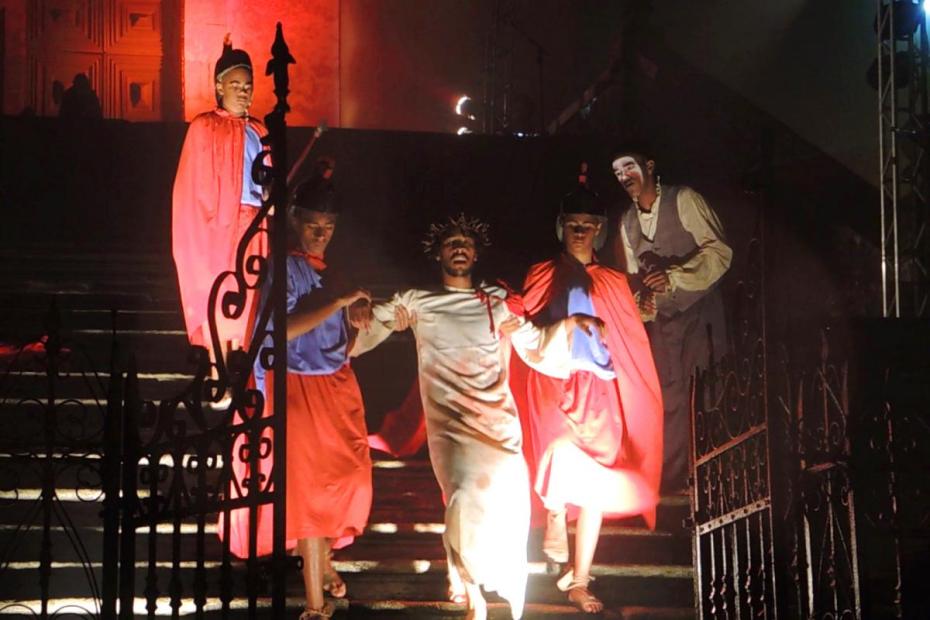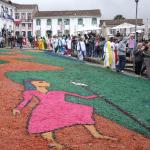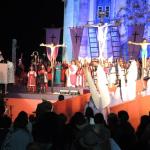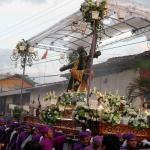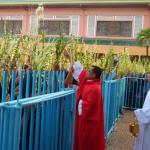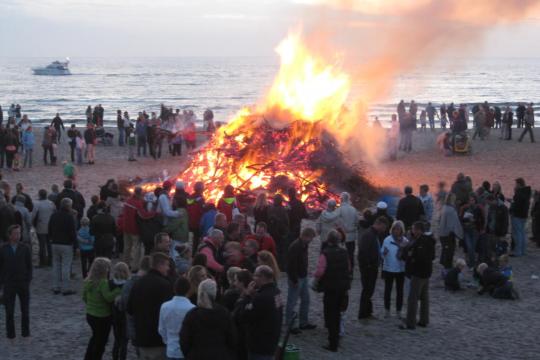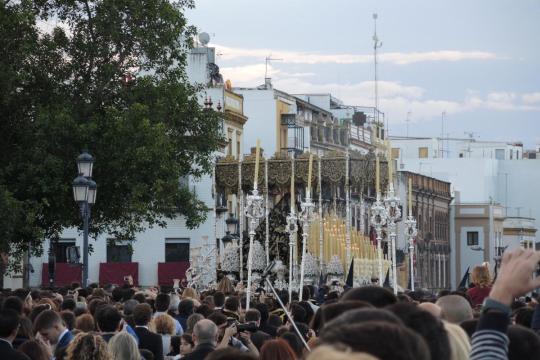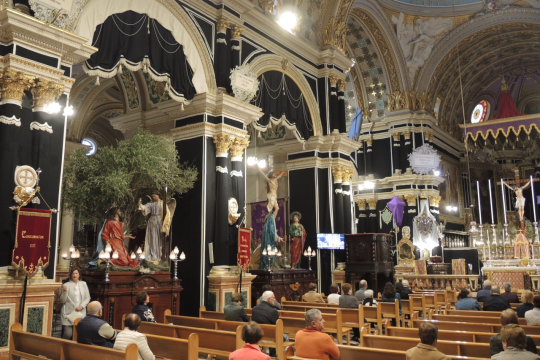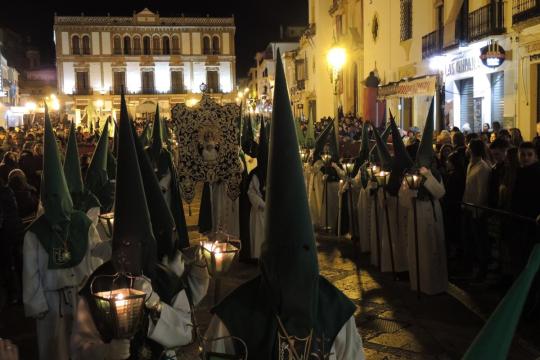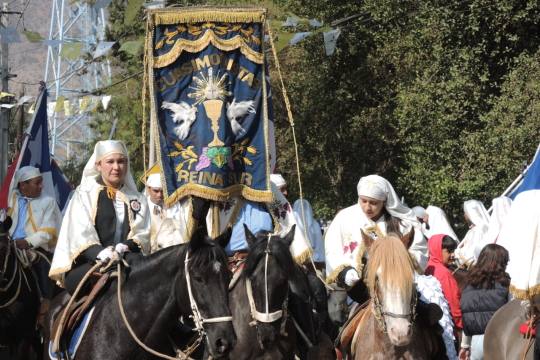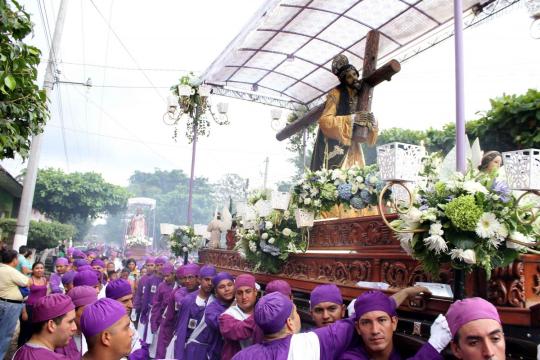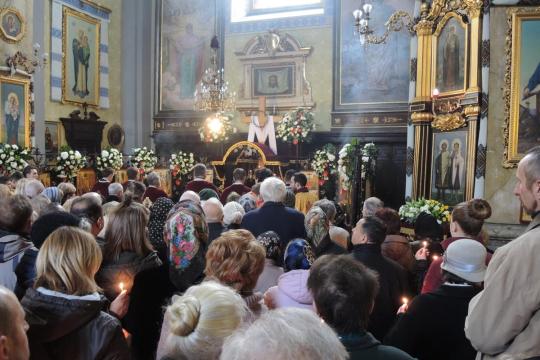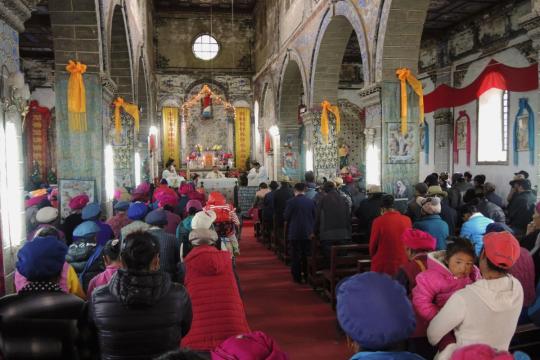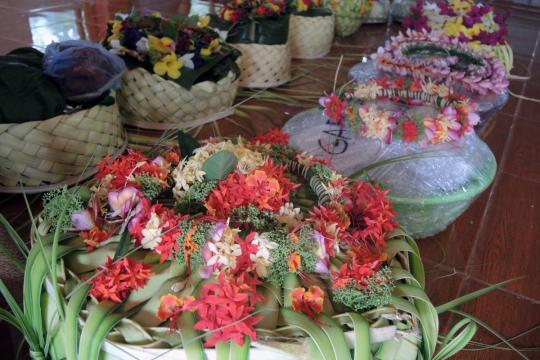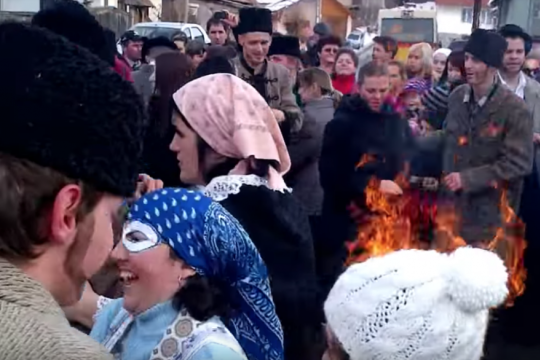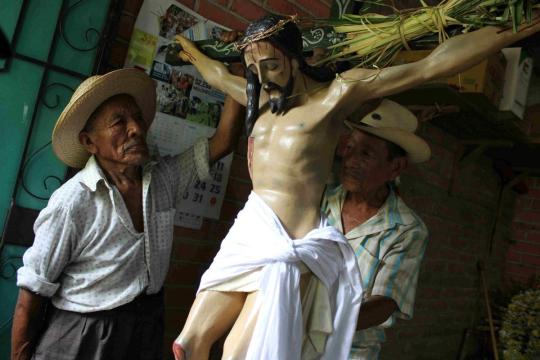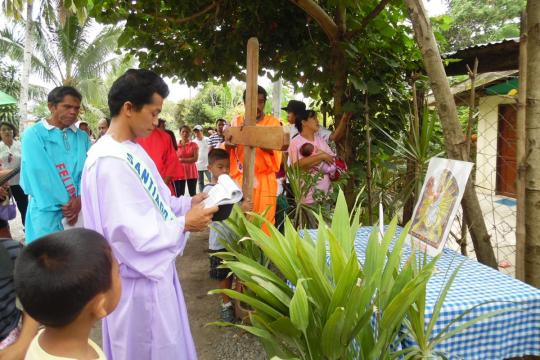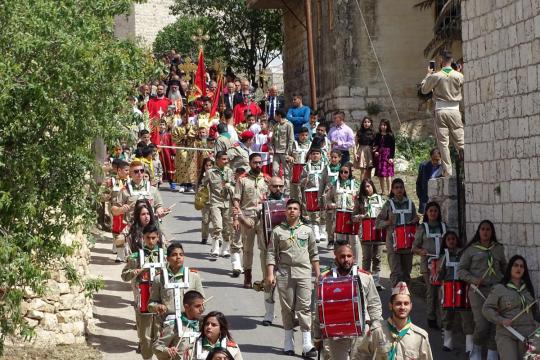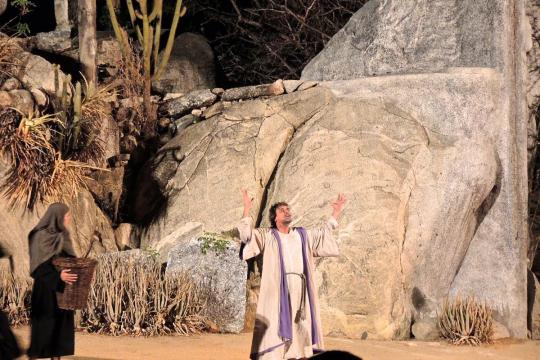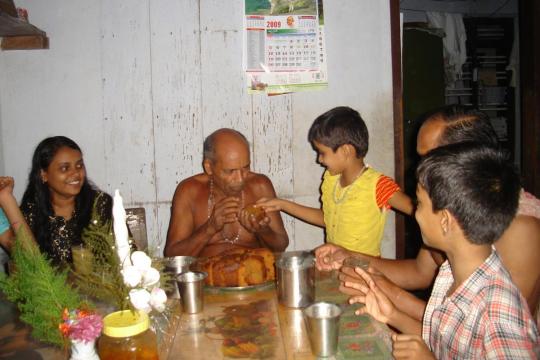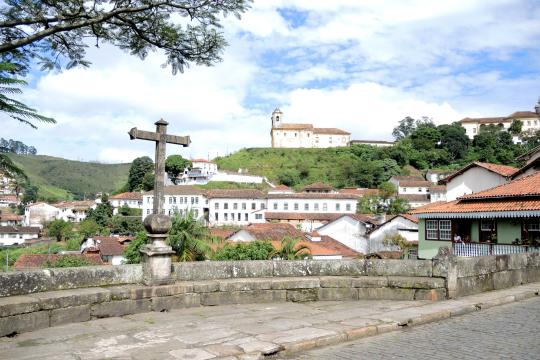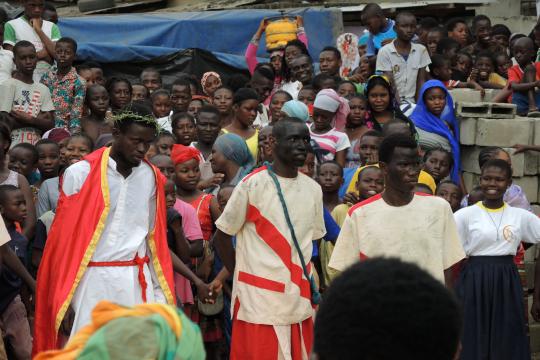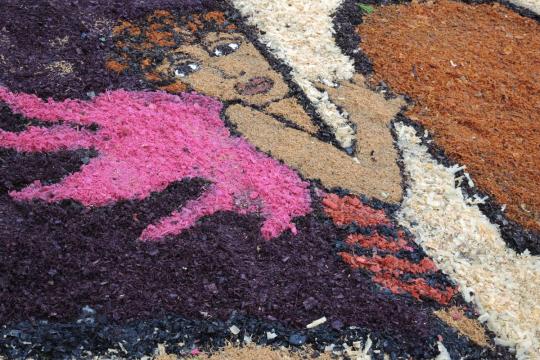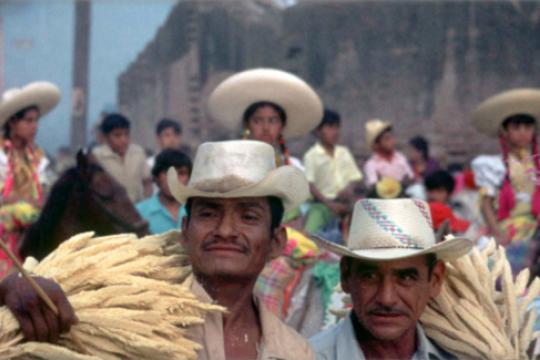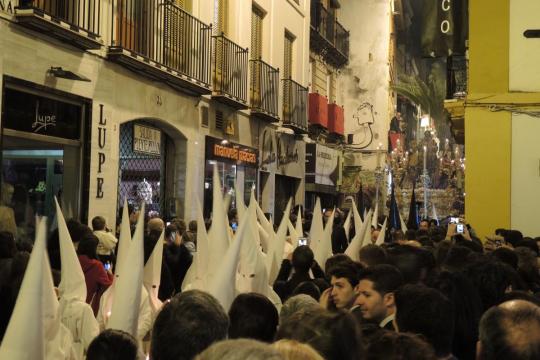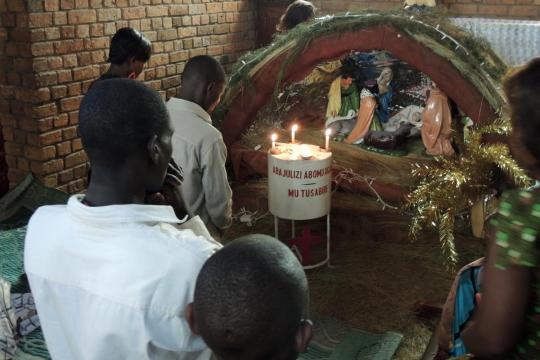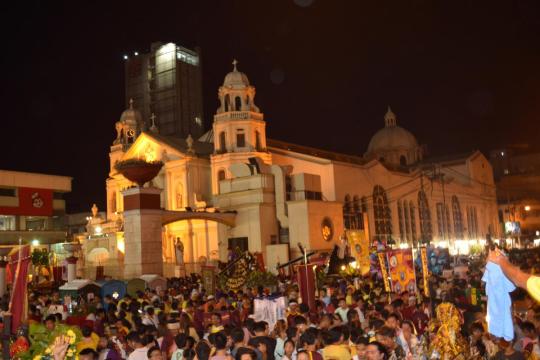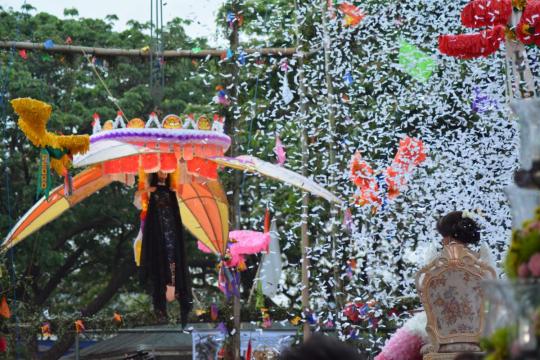The Holy Week and Easter season focuses attention on the powerful Gospel accounts of the Passion and Resurrection of Jesus. The liturgies of the week, particularly Palm Sunday and Easter Sunday, are among the most well attended liturgies of the year. Throughout the week, in many cultures, an even grander scale spectacle of passion plays, processions and other reenactments tell the stories of Jesus’ final days.
For Easter Sunday, many cultures have developed traditions such as Easter eggs, breads and other foods to signal the themes of resurrection and new life. In Eastern Catholic traditions, the feast is known as Pascha, or even, in the Greek Melkite tradition, as Holy and Glorious Pascha. In more northern countries, Easter comes at the time of year when spring arrives, but that connection is not a natural one in tropical regions and the southern hemisphere.
In some cultures, Holy Week and Easter are the times when Catholic practice puts on its fullest public spectacle, filling streets and temporarily halting ordinary goings-on. Whereas in many non-Catholic cultures, it is the major Christian feast that is less publicly noticed or understood, in contrast to Christmas, even if the day is still a national holiday.
Forty days of Lent (referred to as the Great Fast in many Eastern Catholic churches) lead up to the Holy Thursday commemoration, partially overlapping with Holy Week. In Spain and in many of the countries whose faith was shaped by Spanish colonial influence, penitential Holy Week processions are the time when the faith is most present and visible in the public sphere, and penance is a more prominent theme.
The Latin Church sets the date of Easter according to the Gregorian calendar, while the Eastern Catholic churches sometimes celebrate it on the same date as the Orthodox, calculated according to the Julian calendar.
Good Friday is a religious holiday observed primarily by Christians commemorating the crucifixion of Jesus Christ and his death at Calvary.
